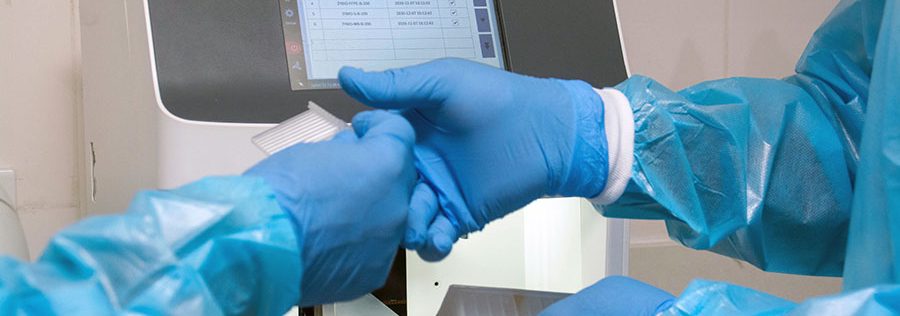Rabies is a highly infectious viral disease that affects both animals and humans. Unfortunately, there are several misconceptions and myths surrounding rabies, leading to fear, stigma, and misinformation. In this e-learning article, we will tackle some of the common misconceptions about rabies and provide accurate information to help promote understanding and awareness.
- Myth: Only dogs transmit rabies.
Fact: While dogs are a significant source of rabies cases globally, various animals can carry and transmit the virus, including bats, raccoons, foxes, skunks, and other mammals. It is important to avoid close contact with any wild or stray animal as they can be potential carriers. - Myth: Rabies can be transmitted through urine or feces.
Fact: Rabies transmission occurs mainly through the exchange of infected saliva, typically through bites or scratches. The virus does not propagate in urine, feces, or other bodily fluids. However, it is crucial to practice good hygiene after any contact with animals to minimize the risk of exposure. - Myth: All animals with rabies exhibit aggressive behavior.
Fact: While aggressive behavior is one possible sign of rabies in animals, it is not the only indicator. Rabid animals may also display unusual behaviors such as excessive salivation, disorientation, paralysis, or extreme shyness. Some infected animals may appear surprisingly calm or friendly. Therefore, it is important to avoid approaching any animal displaying abnormal behavior. - Myth: Rabies can be transmitted through the air, similar to a flu virus.
Fact: Rabies is not an airborne disease like the flu. It is primarily transmitted through direct contact with infected saliva, typically through bites or scratches that break the skin. Respiratory transmission of the virus is extremely rare and has only been observed in specific laboratory settings. - Myth: Once symptoms appear, there is no treatment for rabies.
Fact: While rabies is almost always fatal once clinical symptoms emerge, immediate medical intervention through post-exposure prophylaxis (PEP) can prevent the onset of the disease. PEP involves wound cleansing, administration of rabies vaccine, and, in some cases, rabies immunoglobulin. It is essential to seek immediate medical attention after a potential exposure and follow the recommended PEP protocol. - Myth: Rabies is only a concern in developing countries.
Fact: Rabies exists worldwide, and cases occur in both developed and developing countries. However, developing nations often face additional challenges in terms of adequate healthcare infrastructure, awareness, and access to vaccinations and treatments. It is important to consider rabies prevention and control measures regardless of geographical location.
Dispelling misconceptions and myths about rabies is crucial to ensure accurate knowledge and understanding of the disease. By clarifying common misunderstandings, we can combat fear and stigma, promote proper preventive measures, and encourage timely medical intervention. Remember, staying informed and following guidelines for animal handling, vaccination, and seeking prompt medical attention after a potential exposure are essential steps in preventing and controlling rabies.




